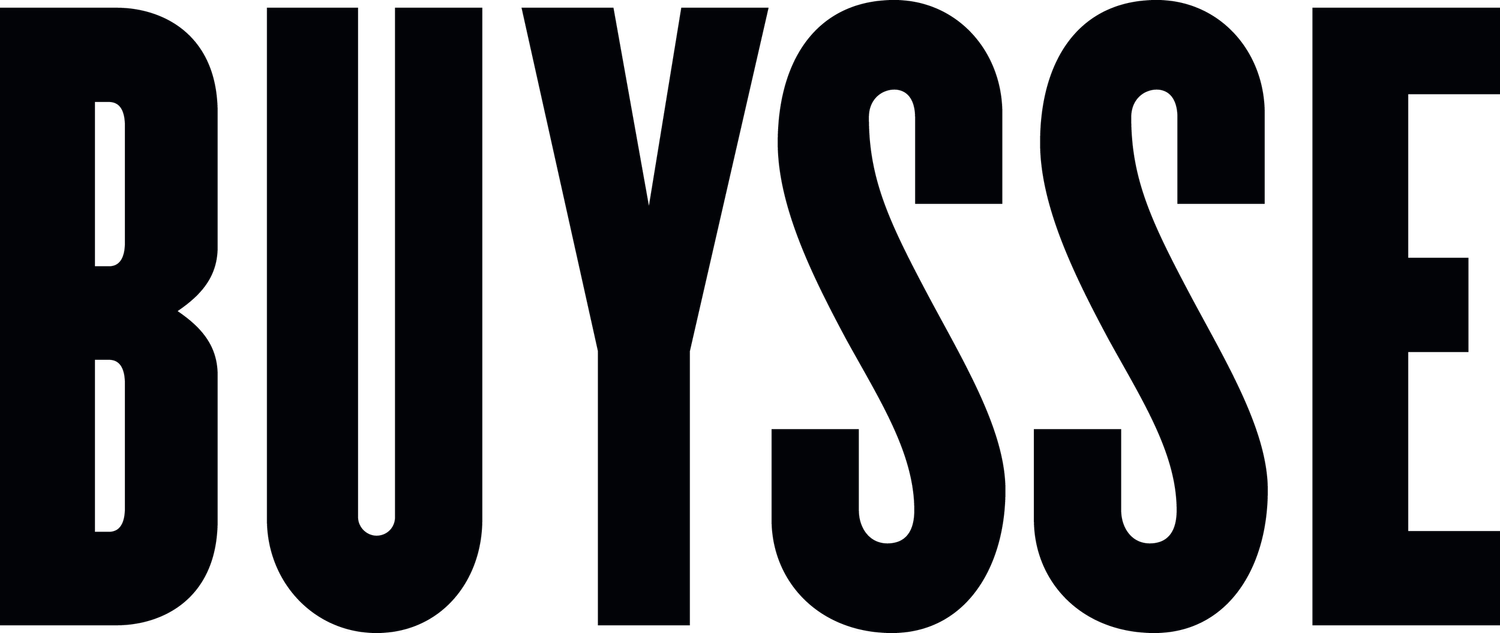DECONINCK
Deconinck, formerly of the renowned trio Leo Gabin, embarks on a compelling solo journey that dives deep into abstraction, digital culture, and the materiality of paint. Known for his ability to merge gestural painting with mechanical processes, Deconinck’s work pushes the boundaries between control and spontaneity. The recent works, which reflects a unique exploration of surface, texture, and the digital influences that shape our contemporary world.
PINK
Detail: Lieven Deconinck, Untitled (Pink), 2024, Signed & dated, acrylic and silkscreen ink on canvas, 100 x 128.9 cm 39 3/8 x 50 3/4 in
“Deconinck’s work explores the intersection of analog and digital, where the human hand meets the machine, blurring the lines between spontaneity and control.” - Louis Buysse
Deconinck, the solo identity of Lieven Deconinck, who previously gained international recognition as part of the collective Leo Gabin, explores a more personal and material-focused approach in his solo work. Known for dissecting the blurred lines between private and public life in the digital age, Leo Gabin focused on internet culture and American pop imagery. Now, Deconinck pushes these ideas further, using abstraction to create a dialogue between chaos and structure. Deconinck’s work emphasizes the tension between the mechanical and the handmade, blending gestural paintwork with silkscreen techniques. His paintings balance spontaneity with precise, controlled processes, creating layered works that explore the relationship between technology and human expression. By using industrial materials like PVC panels, Deconinck bridges organic paint textures with the sharpness of synthetic surfaces, challenging traditional painting methods while commenting on the digital age—where everything is reproduced, abstracted, and mediated through technology. Bold strokes of blue, orange, and purple dominate Deconinck’s compositions, reflecting his engagement with how the digital realm influences our perception of reality. His layers of paint mirror the media layers we consume daily, and the use of silkscreening references how technology shapes our experiences. Through this body of work, Deconinck redefines the relationship between art and technology, offering a fresh take on abstraction that balances the organic with the industrial. His solo practice builds on his past with Leo Gabin while evolving into new territories. This viewing room showcases his growing body of work, offering viewers a glimpse into the intersection of analog and digital, and how art reflects contemporary life in a technology-driven world.
Lieven Deconinck, Untitled (Pink), 2024, Signed & dated, acrylic and silkscreen ink on canvas, 100 x 128.9 cm 39 3/8 x 50 3/4 in.
Buysse Gallery, 2024
Lieven Deconinck’s Untitled (Pink) (2024) showcases his signature blend of gestural abstraction and silkscreen techniques. The artwork features dynamic brushstrokes of vibrant pink, contrasted with the precision of silkscreened elements on canvas. Deconinck’s use of acrylic paint over an industrial surface emphasizes the tension between the organic and the mechanical, reflecting his exploration of contemporary themes like digital culture and materiality.
Lieven Deconinck, Untitled (blue-orange), 2024, acrylic and silkscreen ink on pvc panel (mounted on wood panel), 103 x 75 cm.
Picture courtesy from the artist and Buysse Gallery, 2024.
STUDIO
Studio Deconinck, Ghent (Belgium), 2024. Picture courtesy from the artist and Buysse Gallery
TECHNIQUE
Key Aspects of His Technique:
1. Silkscreen Printing:
Silkscreening (or serigraphy) is a printmaking technique where a stencil is applied to a mesh screen, and ink is pushed through the open areas to transfer an image onto a surface. For Deconinck, silkscreening allows him to integrate images, patterns, or repeated forms into his work, lending a precise, almost digital element to his pieces. He often uses silkscreening to add layers of texture and to contrast with the more fluid, expressive brushstrokes of his painting.
2. Acrylic Paint:
Deconinck uses acrylic paint, known for its quick-drying properties and versatility. This allows him to layer his works rapidly, build texture, and create striking contrasts between the transparency of some layers and the thickness of others. Acrylics are particularly effective for his bold, gestural strokes, where large, sweeping movements create energy and tension across the surface.
3. PVC Panels:
Many of Deconinck’s works are created on PVC panels, a synthetic, industrial material that provides a hard, smooth surface for his work. The use of PVC instead of traditional canvas or wood emphasizes his interest in bridging the gap between art and industrial materials. This surface allows the paint and silkscreening to interact differently, enhancing the precision of the silkscreened elements and giving a modern, sleek finish to the pieces.
4. Gestural Abstraction:
Deconinck’s work is deeply rooted in gestural abstraction, a technique where expressive brushstrokes are applied spontaneously, often conveying movement, emotion, and dynamism. These gestures are layered over the precise silkscreened images, creating a balance between chaos and control. The combination of these techniques results in a visual tension that invites viewers to interpret the intersection of the handmade and the mechanical.
Conceptual Underpinnings:
His technique also reflects his conceptual interest in the digital age and how technology mediates human experience. By combining mechanical processes like silkscreening with organic, expressive painting, Deconinck comments on how technology and human expression coexist and sometimes clash in contemporary life.
This fusion of traditional art techniques with modern, industrial processes makes Deconinck’s work unique, blending the raw immediacy of gestural painting with the precision and repetition of silkscreen printing.




